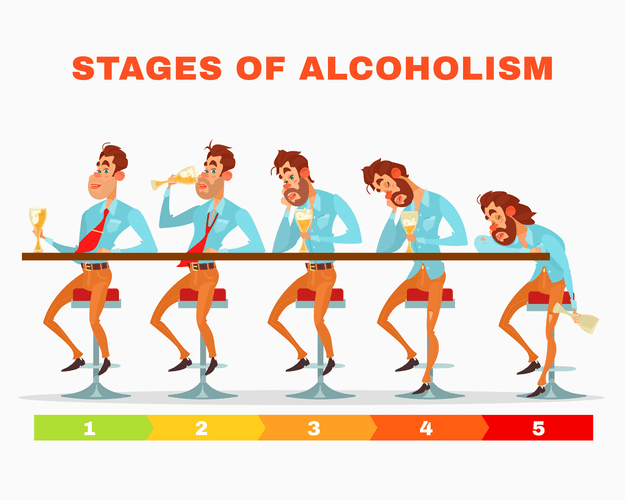Some recovery houses accept donations of clothing, household goods, and other items for use by residents or to sell to make money to offset the facility’s costs. An example is the Substance Abuse and Mental Health Services Administration (SAMHSA), which offers grants to organizations that provide addiction treatment and recovery services. Also like other sober-living environments, halfway houses generally have systems in place to keep residents sober, and drugs tests are usually administered to monitor for any substance use. They also often come with additional mental health, medical, recovery or educational services that help people get accustomed to their new lives. In addition to reducing the risk of relapse, recovery residences have other benefits.

Most sober living environments provide separate homes for men and women. However, there are mixed-gender homes and homes that specifically cater to LGBTQ+ people. Individuals in recovery should feel like they are easing back into everyday life and can start returning to their daily tasks and responsibilities. However, although these residences are less restrictive than inpatient facilities, they still have rules that residents must abide by.
Sober Living Home Rules & Regulations
It’s a comfortable, home-like place where you can feel safe and relaxed. With little structure and monitoring, someone new in their recovery may want to a higher-level sober living home. In response, policymakers have attempted to create laws allowing states to regulate sober living homes. Establishing a sober lifestyle is difficult during the early stages of recovery.

All sober houses have a zero-tolerance policy regarding the use of drugs or alcohol. Some recovery houses insist on random drug testing to ensure residents remain sober. Individuals who breach this are usually removed from the home immediately to protect the other residents. Sober living homes encourage participation in group meetings, household tasks, and sometimes, holistic practices such as meditation and mindfulness. Individuals in sober homes share a common goal of long-term sobriety and wellness.
Recommended Rehab Treatment Articles
Residents may sleep in dorms, and attendance can be court-ordered for a set period. While sober living houses have research touting their efficacy, it is also important to remember that they are still environments where you are living with others and the focus is on staying sober. Research on sober living houses also states that residents experience a higher possibility of securing employment and a lower likelihood of getting arrested. Suppose you’ve recently relapsed and found that the stress of being in environments around alcohol and drugs or a lack of structure is particularly triggering. There is a continuum of care in substance abuse treatment that includes sober living.
The loving and understanding kindness of the staff gave him a good example of how to conduct himself as a sober person. Zach was never told what to do just given the opportunity to do it with kind understanding, guidance and direction. It was very clear to us that he was in a great place that genuinely cared about sobriety. These can include your recovery goals, your progress in recovery, the state of your support system, and your financial situation. Most importantly, the decision of how long to stay in a sober living environment should be made in consultation with sober living staff members as well as your family. The duration of your stay in a sober living house primarily depends on individual needs.
Careers – Join Our Team
Sober housing provides many benefits to those who are on the final lap of their recovery. Sober houses do not permit any type of substances that can be abused, even items such as mouthwash that has high alcohol content. This can help those suffering from substance abuse to stay away from even the smallest temptation. A great way to find a sober living house in your area is first to explore your network.

Commenti recenti